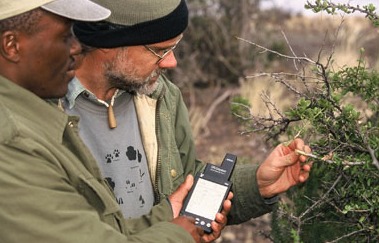Record tracking data
Create a simple data tracker chart or notebook to record observations like weather, plant growth, or habits, then analyze patterns.


Step-by-step guide to record tracking data
How Scientists Use Data | Science Storybook for Kids
Step 1
Pick one thing to track like weather plant growth or a habit and write that topic as the title at the top of your page.
Step 2
Choose how long you will track it such as 7 days 14 days or 30 days and write the start date and end date.
Step 3
Draw a table using your ruler with columns labeled Date Measurement Units and Notes.
Step 4
Decide exactly what you will measure and write the measurement method and units in the Measurement Units column.
Step 5
Make a small color key or legend by choosing a color for important results and drawing the key on the page.
Step 6
Fill the left column with the dates or numbers for every day or time you will record an observation.
Step 7
At the planned time look carefully at your subject and notice anything new or different.
Step 8
Measure the thing you chose using your ruler or chosen method and write the number in the Measurement column.
Step 9
Write a short note or add a sticker that shows how it looked or how you felt about the result.
Step 10
Repeat observing measuring and noting every day or each time in your tracking period.
Step 11
After your tracking period is over draw a simple graph of your measurements by plotting each value and connecting the dots.
Step 12
Write one short sentence that explains a pattern you see such as getting more sunny days or the plant growing faster in week two.
Step 13
Share your finished tracker notebook or chart and what you discovered by posting it on DIY.org
Final steps
You're almost there! Complete all the steps, bring your creation to life, post it, and conquer the challenge!

Help!?
If I don’t have a ruler or colored markers, what can I use instead to draw the table and make the color key?
Use a straight edge like a piece of cardboard or the edge of a book and mark equal units with a string or paper clips for measuring, and substitute colored pencils, crayons, or stickers to make your color key and legend.
My measurements look different each day and the table lines are messy—how can I fix this so my graph will be accurate?
Redraw the table using a ruler or straight edge for clean lines, write and stick to the same Measurement Units and method you noted in the Measurement Units column, and measure at the same time each day to keep results consistent.
How can I change the activity for younger kids or make it more challenging for older kids?
For younger children (3–6) shorten the tracking to 7 days, let them use stickers and simple drawings in the Notes column while an adult writes the dates and measurements, and for older kids (10+) extend to 30 days, use precise units and ruler measurements, and create a detailed plotted graph with a written pattern sentence.
What are some ways to extend or personalize this tracker before sharing on DIY.org?
Enhance it by adding a daily photo next to each date, include a second measurement column (for example temperature when tracking plant growth), use a spreadsheet to auto-plot the graph, and decorate the cover with your color key and a short written conclusion to share on DIY.org.
Watch videos on how to record tracking data
Scientific Method for Kids | Learn all about the Scientific Method Steps
Facts about data collection and simple analysis for kids
☀️ Recording the weather at the same time each day makes comparisons easier—many amateur observers pick a morning check-in.
📊 A simple chart called a time series turns daily observations into visible trends—try plotting 14 days to start!
🤝 Citizen science platforms have collected millions of observations from families and kids, helping real researchers study nature and climate.
🌱 Fast-growing seedlings can add 1–3 cm per day, so a week of measurements can reveal clear growth patterns.
🧭 Habit trackers help spot streaks—many people feel a motivation boost after about 7 consecutive days of tracking.
How do I set up a simple data tracker chart or notebook for kids?
What materials do I need to make a child-friendly data tracker?
What ages is a data tracker activity suitable for?
What are the benefits of having children track observations and analyze patterns?


One subscription, many ways to play and learn.
Only $6.99 after trial. No credit card required


